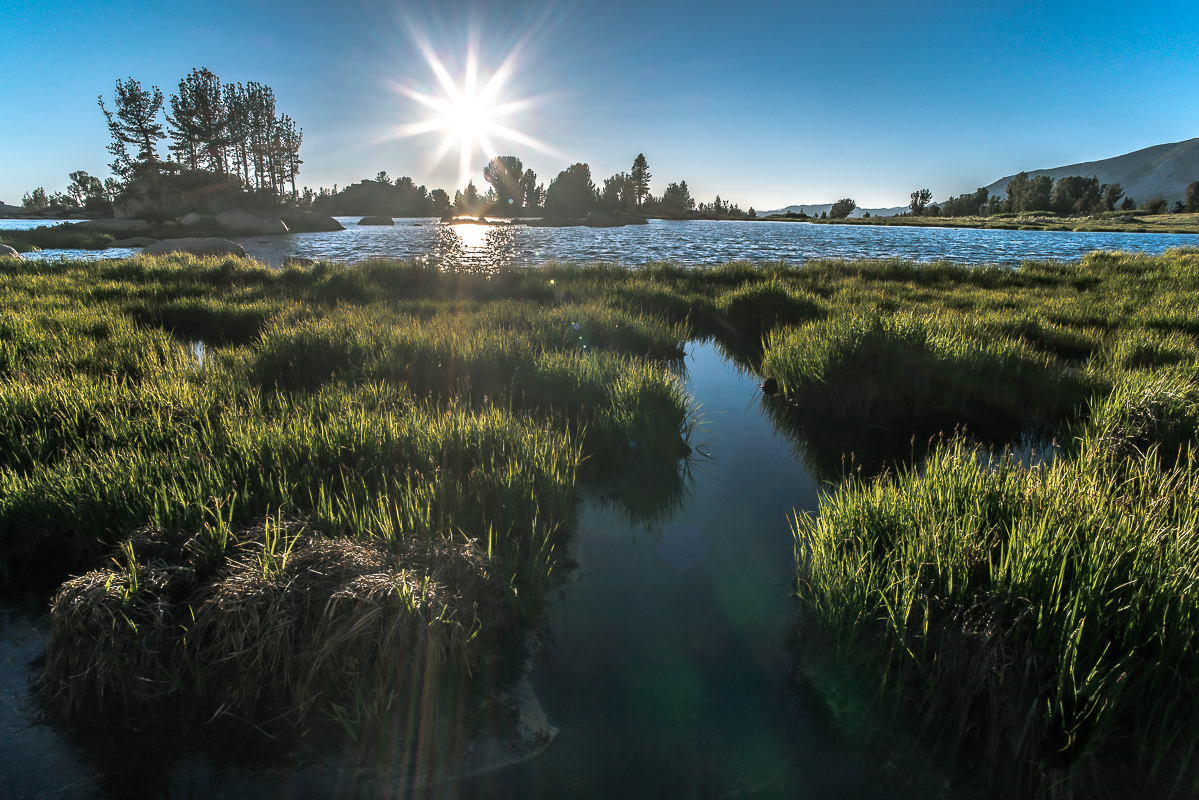High altitude backpacking can be a rewarding experience, full of breathtaking views, challenging trails, and a sense of accomplishment. However, it can also be dangerous if you’re not properly prepared.
Training for high altitude backpacking is essential in order to ensure your safety and to get the most out of the experience.
When training for high altitude backpacking, it’s important to focus on both aerobic and strength-building exercises. Start by building a solid foundation of aerobic fitness by running or biking at least three times a week.
Interval training is especially effective for increasing your endurance and improving your performance at higher elevations. You should also incorporate strength-building exercises into your routine, such as weightlifting or yoga. These exercises will help you build the muscles needed for long days of hiking at high altitudes.
Nutrition is an important factor in preparing for an extended hike at high elevations. Eating foods that are rich in carbohydrates and proteins will give you the energy you need to make it through the day.
Make sure to eat plenty of fruits and vegetables as well as lean proteins such as fish or chicken. It’s also important to stay hydrated throughout the day by drinking plenty of water.
Gear is also essential when preparing for a hike at high altitudes. Make sure you have all the necessary equipment such as a good pair of hiking boots, warm layers, rain gear, and a quality sleeping bag. A backpack with plenty of storage space will also come in handy when carrying all your supplies.
Rest Days are just as important as training days when preparing for high altitude backpacking. Take time off from exercising to give your body time to rest and recover so that you can perform at your best during the hike.
By following these tips, you can prepare yourself physically and mentally for an unforgettable experience on a high-altitude backpacking trip.
Conclusion:High altitude backpacking requires physical fitness, proper nutrition, quality gear, and rest days in order to ensure a safe journey above sea level. Training with aerobic exercises such as running or biking combined with strength-building activities like weightlifting or yoga will help prepare your body while eating nutrient-dense foods will provide the energy necessary for long days on the trail. Prepare yourself properly before setting out on any adventure above sea level so that you can make the most out of every step.

